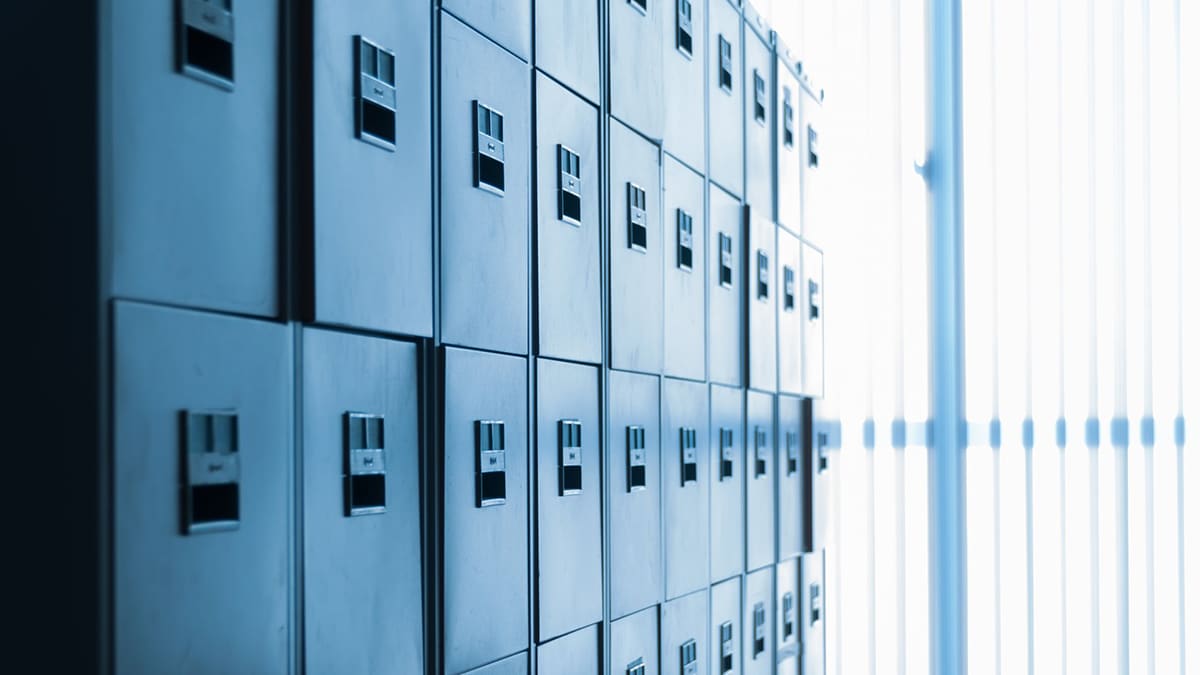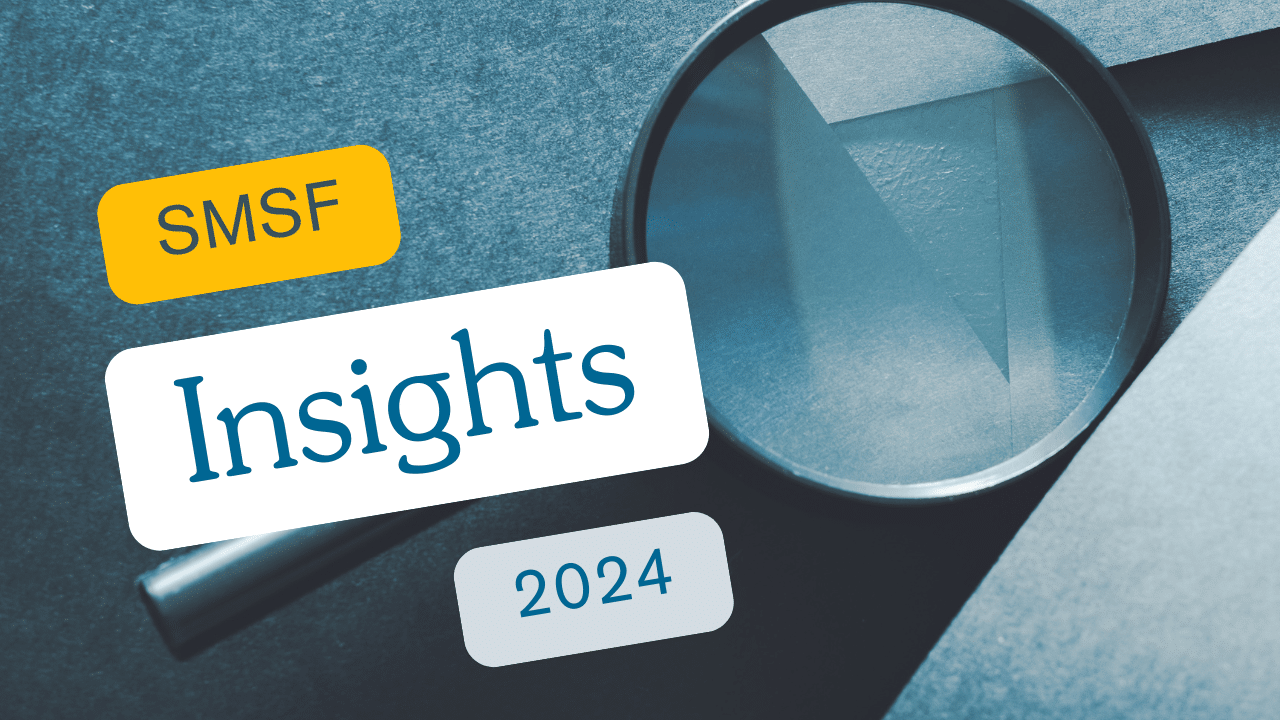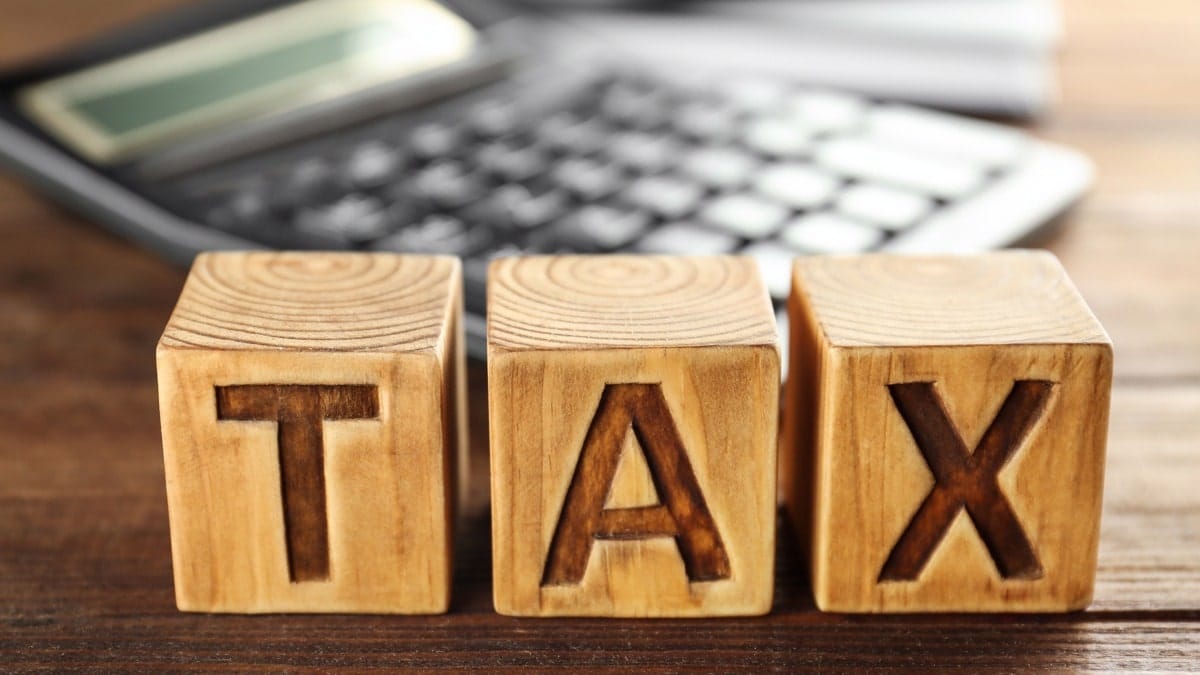In this guide
In just over 12 months’ time, the new tax rules that apply to earnings on super balances above $3 million will commence. That may seem a long way away, but for those of you considering changes to your SMSF, that time frame could already be rather tight!
As you would expect, there has been a considerable amount of press coverage on this issue, but what seems to be lacking is attention to the key issues that SMSF trustees and members need to consider in the time leading up to these changes.
So, let’s look at some of these key issues now.
Do I withdraw part of my super balance and invest elsewhere?
First of all, you can only make a withdrawal from your super fund when you have met a condition of release that allows access, such as reaching age 65 or retiring after your preservation age. If you have not yet met a condition of release that allows access to your benefits, then this really is a moot point.
Read more about accessing super and all of the conditions of release.
For those over preservation age, but not yet allowed full access to super benefits, you may need to commence a transition-to-retirement pension (TTR) instead. This would allow a maximum amount of 10% to be withdrawn from your TTR pension each year.
Due to the 10% limit, you may need to consider starting a TRIS this financial year so you can gain access to 10% of the pension balance in the current 2024 financial year. Then you can draw a further 10% in the 2025 financial year, before the changes commence.
Also, before you go ahead and withdraw super to invest elsewhere, you should first look at what you are trying to achieve.
Is this only to save tax? If so, keep in mind that the new tax applies only to super fund earnings on balances above $3 million. And the rate of tax is 15%. Will withdrawing and investing through other entities or in your own name result in a tax rate lower than 15%?
It would be prudent to carry out detailed financial modelling before you make any changes to your existing position to ensure you would be better off by investing elsewhere!
Do I keep existing fund assets?
Following on from the comments above, if you are looking to withdraw part of your super balance you need to consider if your super fund has the required liquidity available to allow the withdrawal to take place.
In most situations, super funds would need to sell assets to fund any large member benefit payment so you would need to consider the relevant transaction costs or tax that may become payable as a result of the asset sale.
You should also consider the time required to sell large fund assets. For instance, property assets take time to market, sell and then receive the sale proceeds. So, if this is a strategy you plan to use, think about when you need to start the sale process.
One aspect of the new laws that has caused the most concern is that it applies to unrealised capital gains as well as realised capital gains. This is something new to the Australian taxation system whereby tax can become payable BEFORE a transaction occurs to realise an asset.
Some SMSFs may already have in place plans that could significantly increase the value of a fund asset, for instance property improvements. If this is relevant to you or your SMSF, it may be worth seeking professional advice around the most appropriate course of action.

















